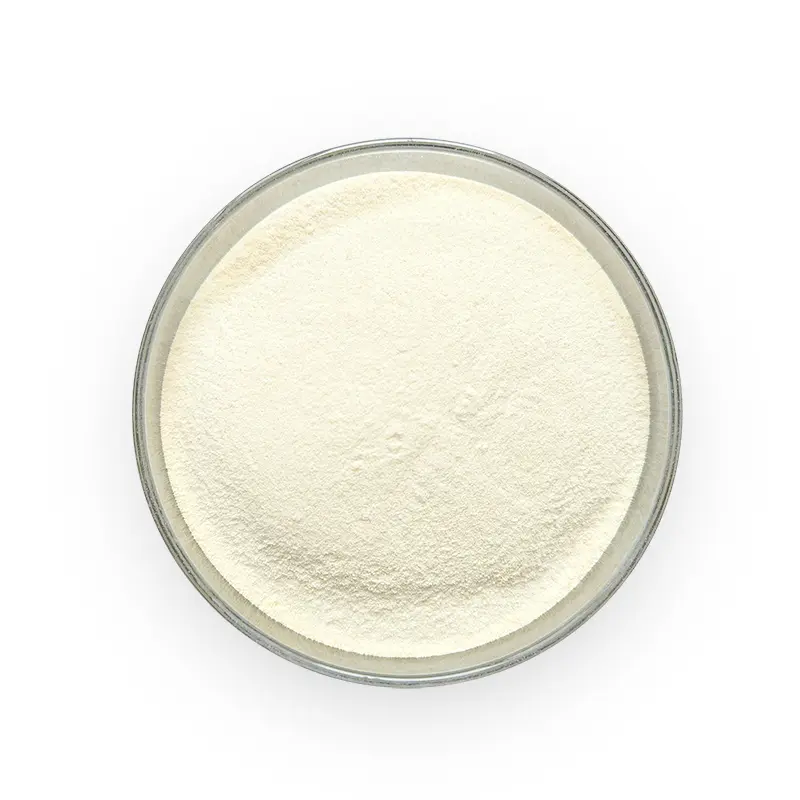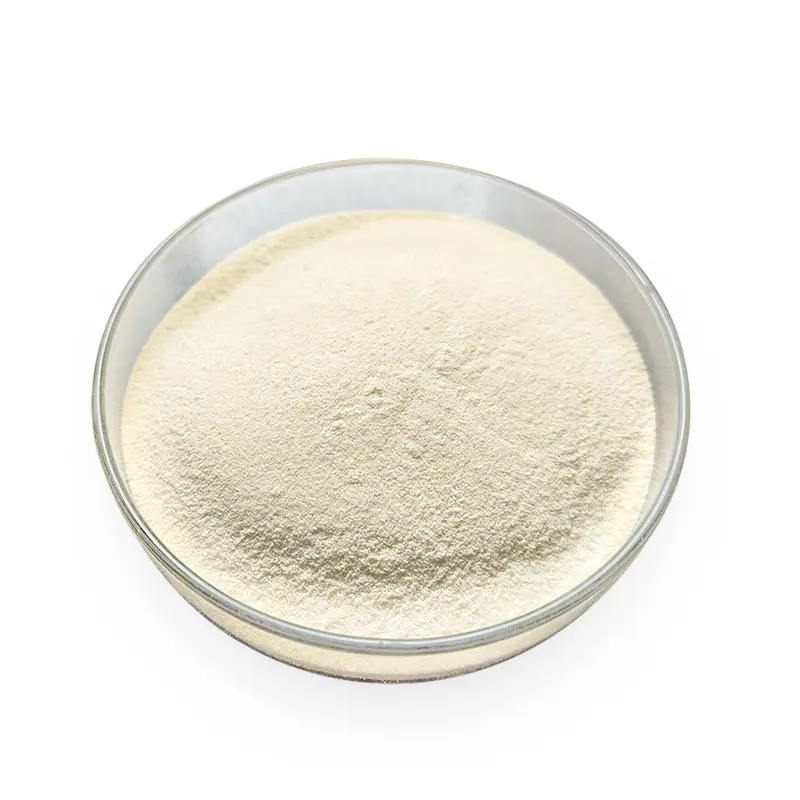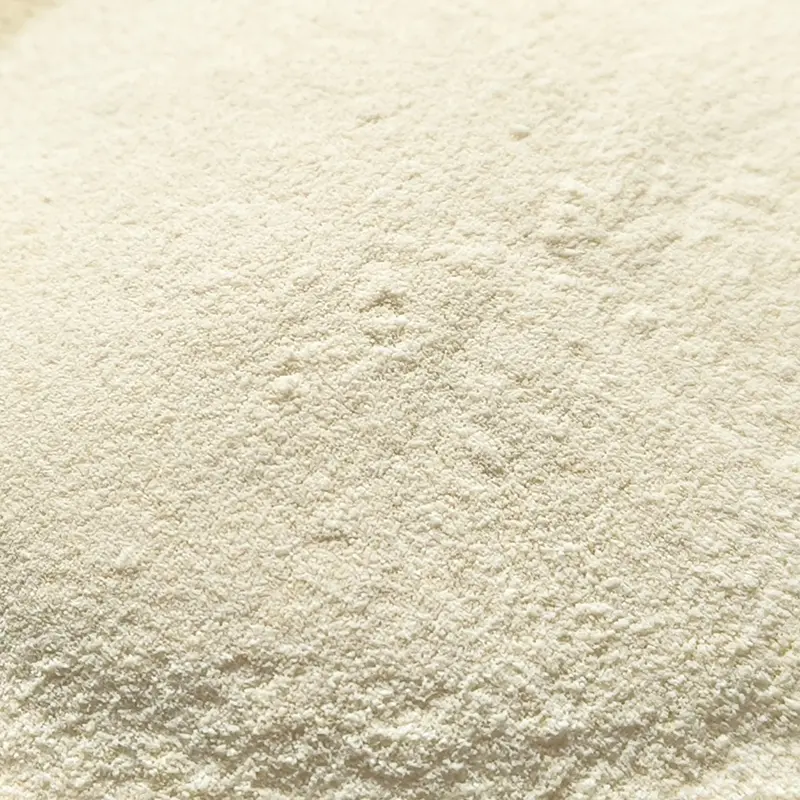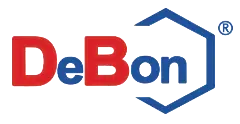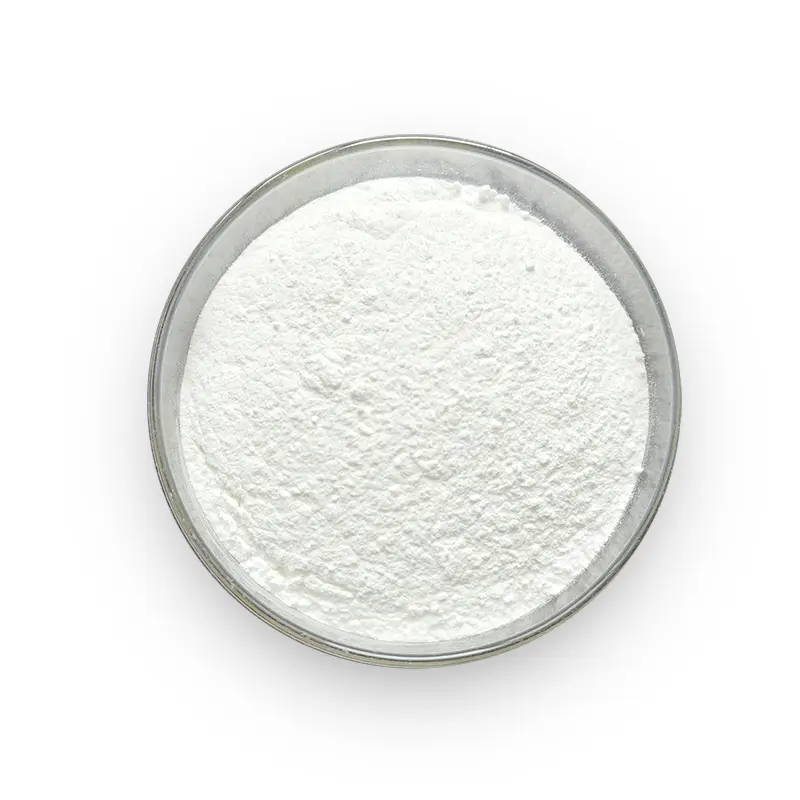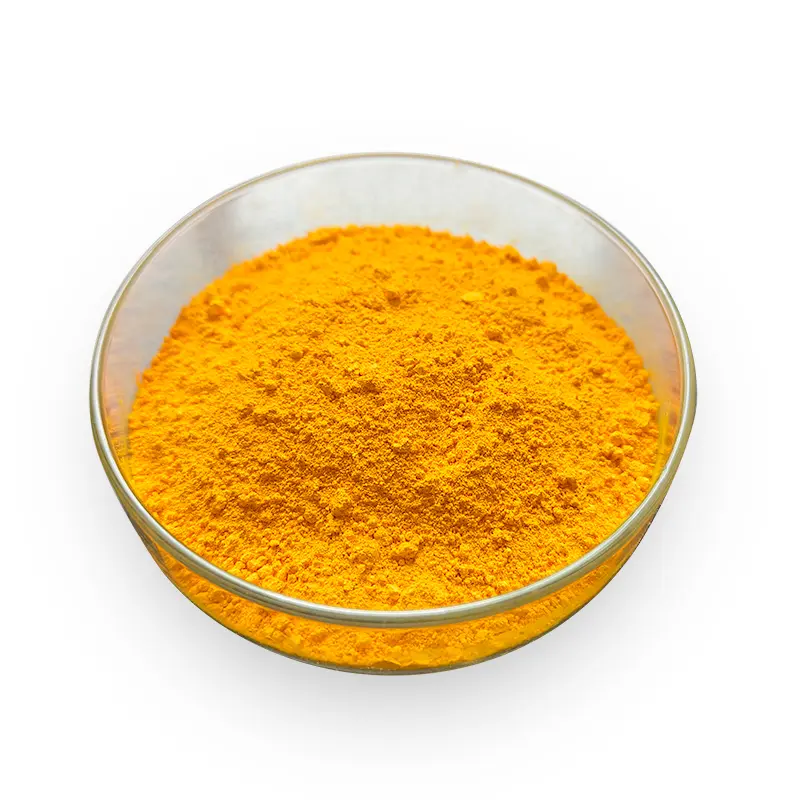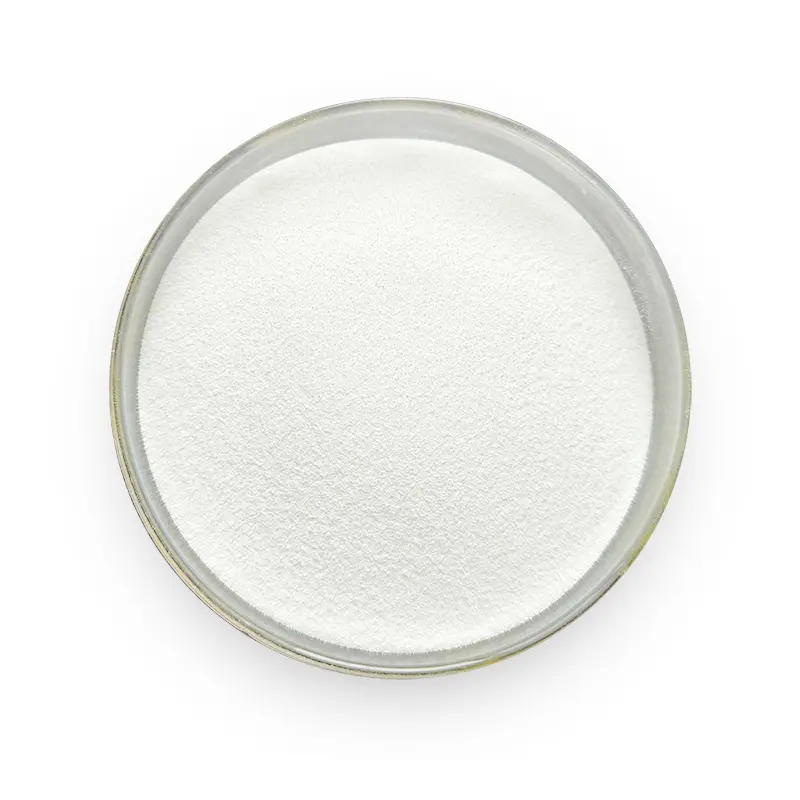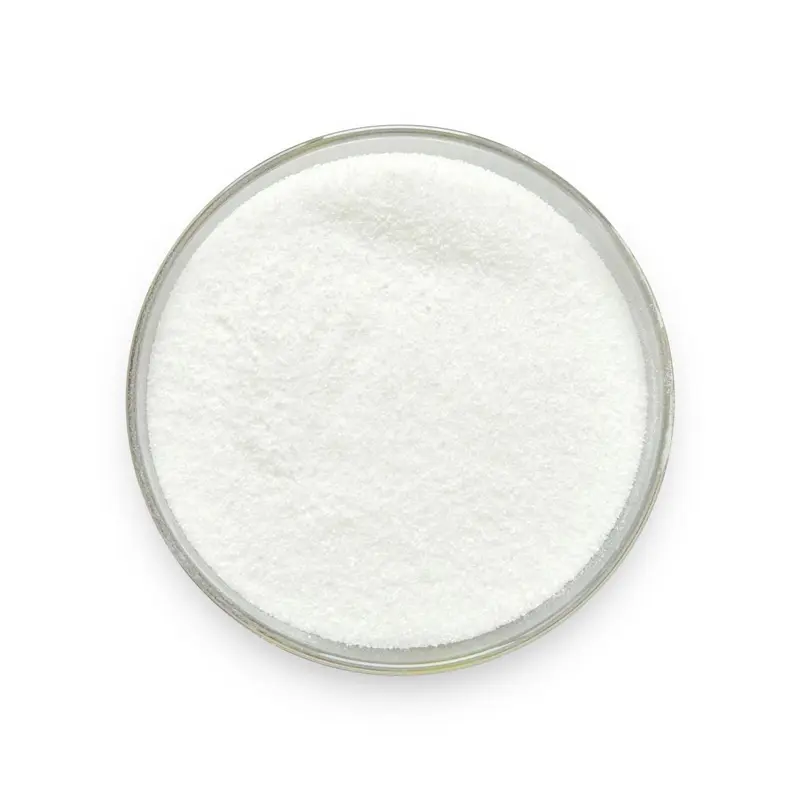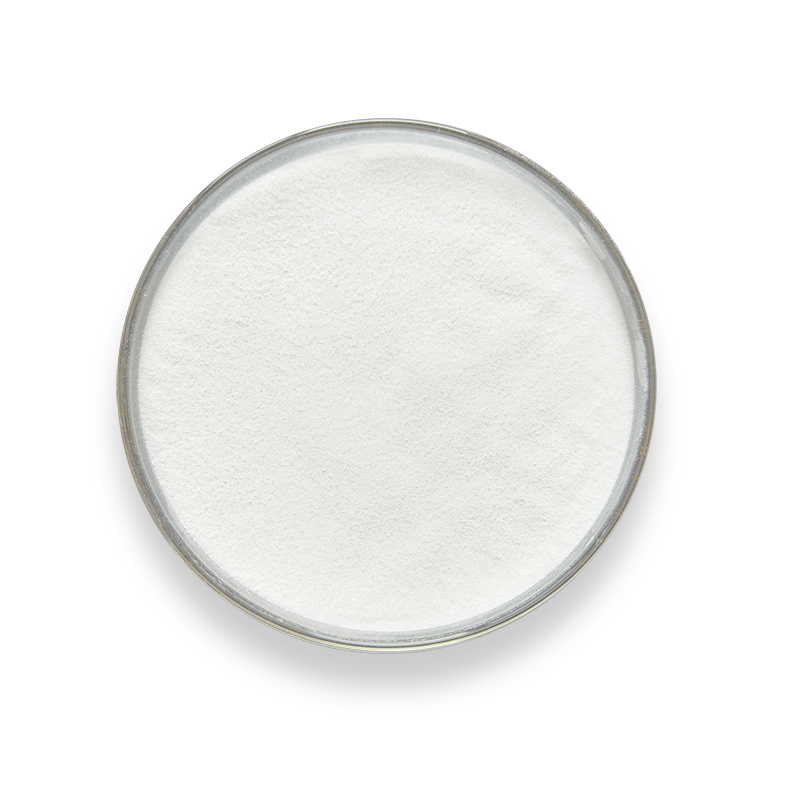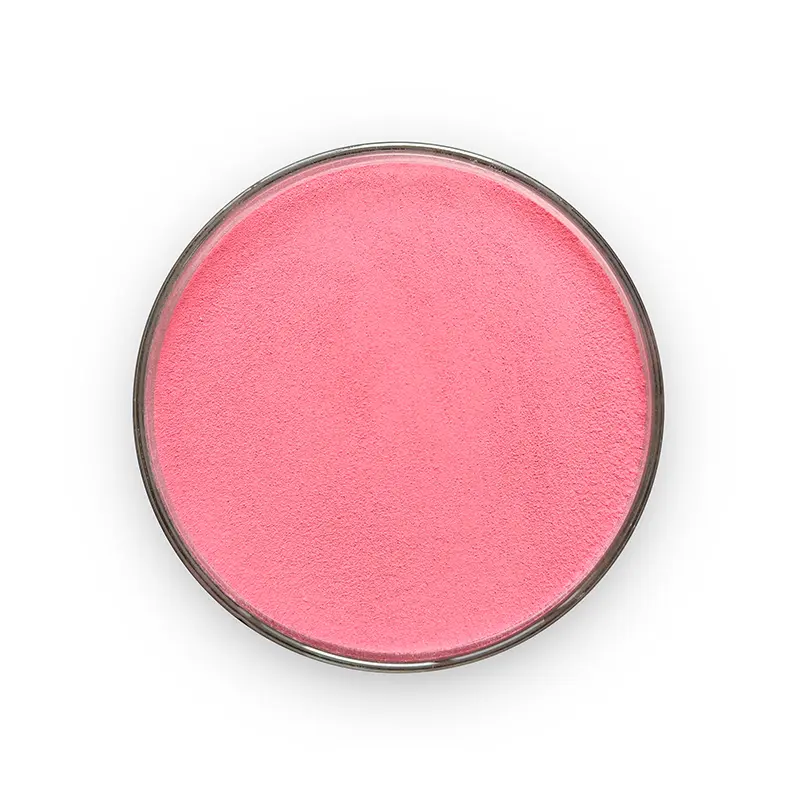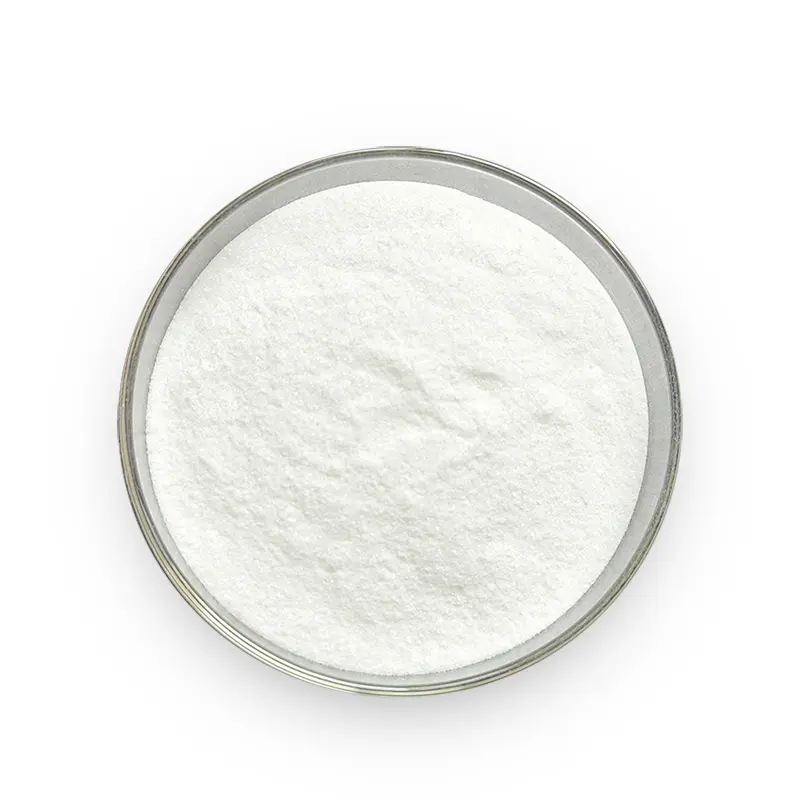DeBon Advanced Water-Dispersible D₃ Microparticles Feed Additive
Product Specifications
| Product Name | Vitamin D₃ Microparticles |
| Active Ingredient | Vitamin D₃ ≥500,000 IU/g |
| Composition | Vitamin D₃ Oil, Sodium Starch Octenylsuccinate, BHT, Tricalcium Phosphate, Maltodextrin, Vegetable Oil |
| Appearance | Beige to light yellow powder |
| Moisture (Loss on Drying) | ≤5.0% |
| Particle Size |
100% passes through 0.85mm (20 mesh) sieve
95% passes through 0.425mm (40 mesh) sieve |
| Water Dispersibility | Fully soluble in cold water |
| Compliance Standards | GB 9840-2017 |
Functions
Vitamin D₃ is critical for:
Promoting calcium and phosphorus absorption in animals, ensuring bone health and skeletal development.
Enhancing immune function and metabolic efficiency.
Supporting growth performance in livestock, poultry, and aquatic species.
Preventing rickets and osteomalacia in young or breeding animals.
Storage & packing
Storage Conditions
Store in a cool, dry, light-proof environment (recommended temperature: ≤25°C).
Keep packaging tightly sealed to avoid contamination or moisture absorption.
Do not store with toxic or hazardous substances.
Packaging
Net Weight: 25 kg/bag
ShelfLife:12months
Usage & Dosage
Application: Add to compound feed, premixes, or total mixed rations (TMR).
Recommended Dosage (based on Vitamin D₃ content):
Swine: 150–500 IU/kg of feed
Poultry:
Chickens: 400–2,000 IU/kg
Ducks/Geese: 500–800 IU/kg
Cattle: 275–450 IU/kg
Sheep: 150–500 IU/kg
Aquatic Species: 500–2,000 IU/kg
Note: Adjust dosage according to species requirements, growth stages, or veterinary guidance.
FAQs
1. What makes this water-dispersible Vitamin D₃ superior to oil-based forms?
This microencapsulated Vitamin D₃ features nano-emulsification technology, enabling:
Uniform dispersion: Stable in liquid feed systems (pH 3–8) without sedimentation.
Enhanced bioavailability: 40% higher absorption in poultry vs. traditional D₃.
Heat resistance: Retains 95% potency after steam conditioning at 90°C for 5 minutes.
2.How does the microparticle technology improve stability?
Oxidation Resistance: 80% slower degradation vs. uncoated D₃ due to antioxidant-loaded coating (BHT + ascorbyl palmitate).
Light Stability: Withstands UV exposure for 72 hours (vs. 8 hours for standard D₃).
3.Is it compatible with acidifiers, minerals, or liquid antibiotics?
Compatible:
Citric acid (pH 3–4): Enhances dispersion stability.
Zinc sulfate, Choline chloride: No interaction in liquid premixes.
Incompatible:
Potassium sorbate (>0.2%): Disrupts emulsification matrix.
Oxytetracycline liquid forms: Chelates calcium in D₃ carriers.
Compatibility
Compatible With:
| Category | Examples | Best Practice |
| Electrolytes | Calcium gluconate, KCl | Synergistic for bone mineralization |
| Antioxidants | Vitamin E, Rosemary extract | Protects D₃ from oxidative cleavage |
| Probiotics | Bacillus subtilis | No interference with emulsion stability |
| Acidifiers | Lactic acid, Phosphoric acid | Maintains optimal dispersion pH (4–6) |
Incompatible With:
| Substance | Risk | Mitigation Strategy |
| Sodium benzoate (>0.5%) | Emulsion breakdown | Replace with potassium sorbate (<0.2%) |
| High-salinity water (>3% NaCl) | Microparticle aggregation | Pre-dilute in freshwater before mixing |
| Quaternary ammonium disinfectants | Charge interference | Flush system thoroughly before use |
| Ethanol (>5% in liquid) | Solvent effect on coating | Use propylene glycol as carrier |
product details
